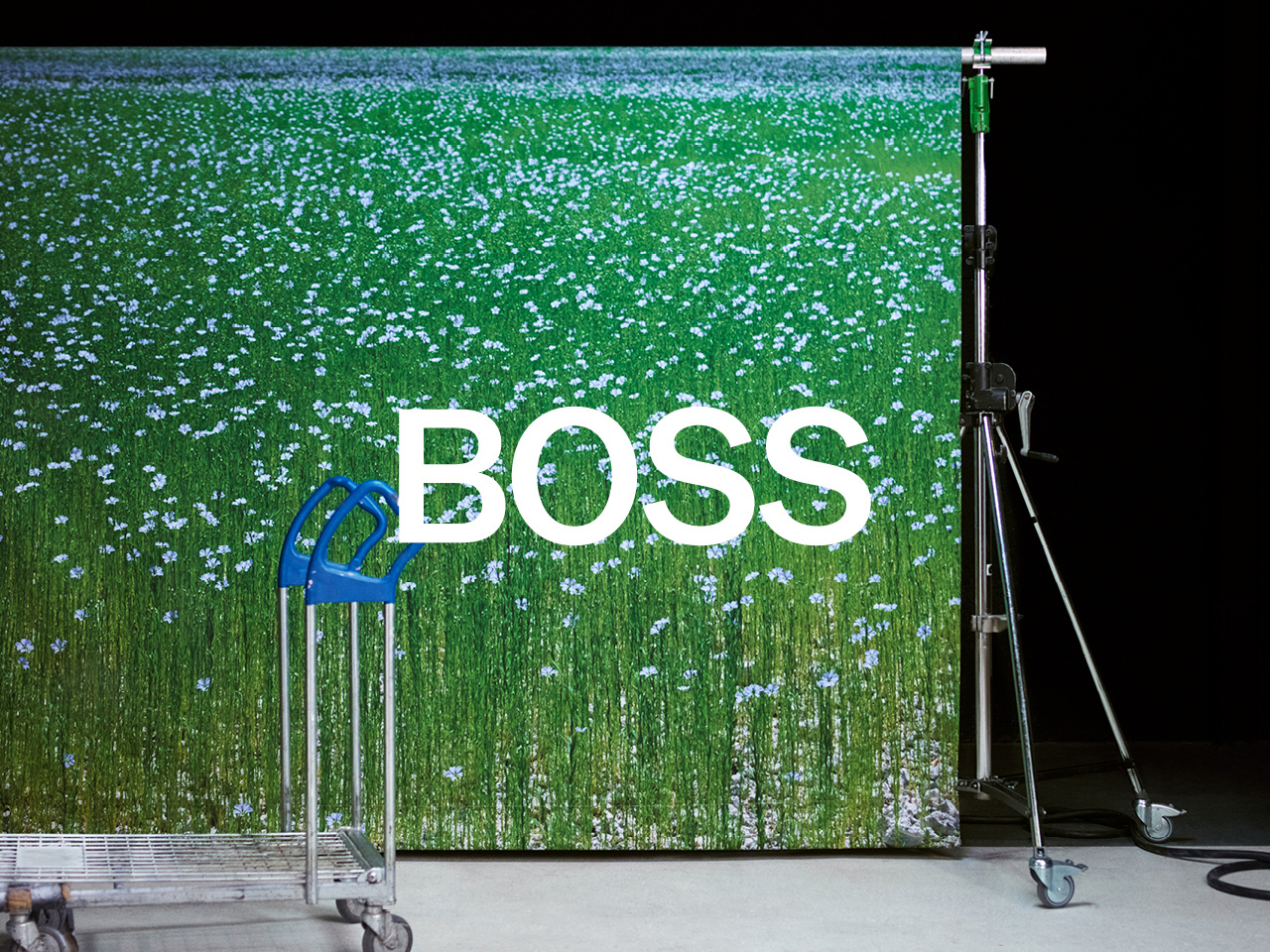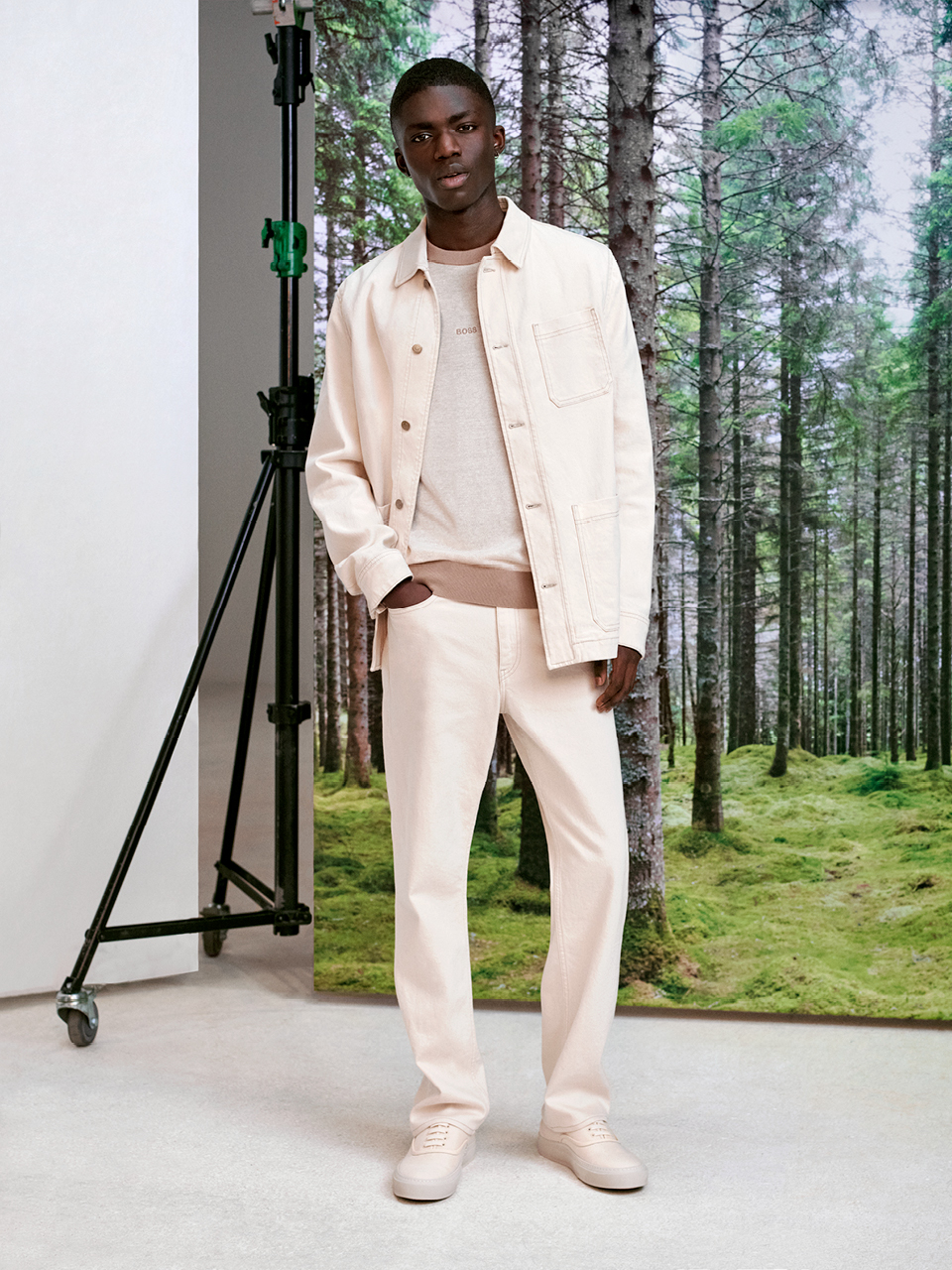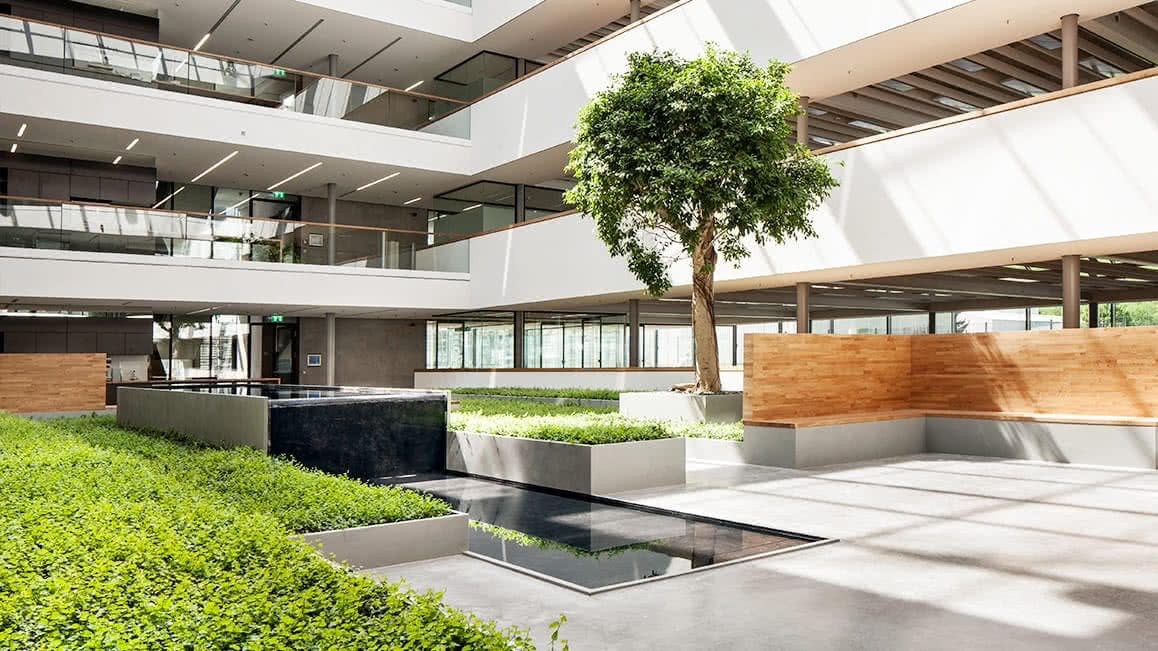
This article contains an affiliate link(s). Learn More.
In the fast-evolving landscape of fashion, the spotlight is increasingly turning toward sustainability and transparency. Modern consumers aren’t just interested in the latest trends; they want to know the story behind their clothes. They demand accountability and ethical practices from the brands they support.
In the 2022 Fashion Transparency Index by the non-profit organization Fashion Revolution, which ranks 250 of the world’s largest fashion brands and retailers, Hugo Boss led by CEO Daniel Grieder scored a low 41-50%. However, in the new 2023 Fashion Transparency Index, Hugo Boss’s score bumped up to 51-60%. Most notably, the average score in the 2023 Index was an abysmal 26%.
This commendable step-up in the Fashion Transparency Index score is an unexpected but welcome improvement in Hugo Boss’s commitments to transparency, sustainability, and ethical fashion.
Materials with a Mission
At the heart of Hugo Boss’s sustainability efforts lies a profound commitment to materials. Their choices aren’t merely driven by aesthetics; they prioritize minimizing the environmental impact. Sustainable and responsibly sourced materials are at the core of their designs, reflecting their dedication to both animal welfare and environmental compatibility.
What sets Hugo Boss apart is their pursuit of innovation. They actively collaborate with forward-thinking companies and startups to create eco-friendly alternatives to traditional materials. Notably, their partnership with Swiss innovation company HeiQ has led to the development of circular cellulose yarn. By 2030, Hugo Boss aims to eliminate polyester and nylon entirely from their product offerings—an ambitious pledge that underscores their commitment to material sustainability.

Certified Collaborations for Ethical Fashion
Hugo Boss understands that sustainability is a collective effort. They actively engage with internationally recognized initiatives and organizations that align with their sustainability goals. These partnerships ensure that their materials and processes adhere to rigorous ethical and environmental standards.
Initiatives like Cotton made in Africa (CmiA), the Leather Working Group (LWG), and collaborations with NGOs such as People for the Ethical Treatment of Animals (PETA) emphasize Hugo Boss’s dedication to responsible sourcing. These partnerships guarantee that the materials they use are not only stylish but also ethically sound.
Prioritizing Animal Welfare
Animal welfare is a central pillar of Hugo Boss’s sustainability initiatives. Materials of animal origin, such as leather and wool, are sourced exclusively as by-products of the food industry. Additionally, Hugo Boss ensures that animal-derived materials are never obtained through harmful practices like live plucking or force-feeding. Their animal welfare guidelines adhere to internationally recognized standards for humane treatment.

Regenerative Farming for a Greener World
Hugo Boss acknowledges the intrinsic link between fashion and nature. They’ve invested in partnerships with organizations like SEKEM, ZQRX, and Raddis®Cotton, champions of regenerative farming practices. These collaborations aim to protect biodiversity and soil health. Hugo Boss’s vision is to source 100% natural materials following regenerative principles or through closed-loop recycling by 2030.
Leading with “RESPONSIBLE Styles” and Circular Products
Hugo Boss’s commitment to sustainability extends to their product lines. They’ve introduced “RESPONSIBLE Styles,” consisting of at least 60% more sustainable certified raw materials. These products adhere to strict environmental and social standards in processing and come with dedicated hangtags to empower consumers to make informed choices.
But Hugo Boss’s sustainability vision doesn’t stop with product creation. The company recognizes the importance of a product’s service life and its potential for recycling. Their designers actively incorporate circular economy principles during the design phase. Regular employee training on sustainable materials and recycling processes reinforces their commitment to a circular future.

Supplier Engagement and Rigorous Standards
With over 80% of their products manufactured by global suppliers, Hugo Boss maintains a stringent selection process. Human rights and social standards are non-negotiable, and compliance with the Supplier Code of Conduct is mandatory. Regular audits and support activities ensure that suppliers meet these stringent standards.
Hugo Boss also sets high ecological standards for their suppliers, encompassing energy consumption, emissions, waste water, and chemical management. The company’s chemical management guidelines align with the internationally recognized ZDHC Manufacturing Restricted Substances List (ZDHC MRSL). Regular training sessions help their partners adopt responsible practices that not only reduce environmental impact but also create safer working conditions.
A Green Headquarter Oasis
HUGO BOSS headquarters in Metzingen, Germany, is a shining example of sustainable corporate architecture. The modern administration building, opened in 2013, has earned the highest platinum certification from the German Sustainable Building Council.
It achieves sustainability through innovative heating solutions, on-site clean energy generation with photovoltaic panels, and the use of eco-friendly building materials.
All images in this are courtesy of Hugo Boss and its respective owners.






